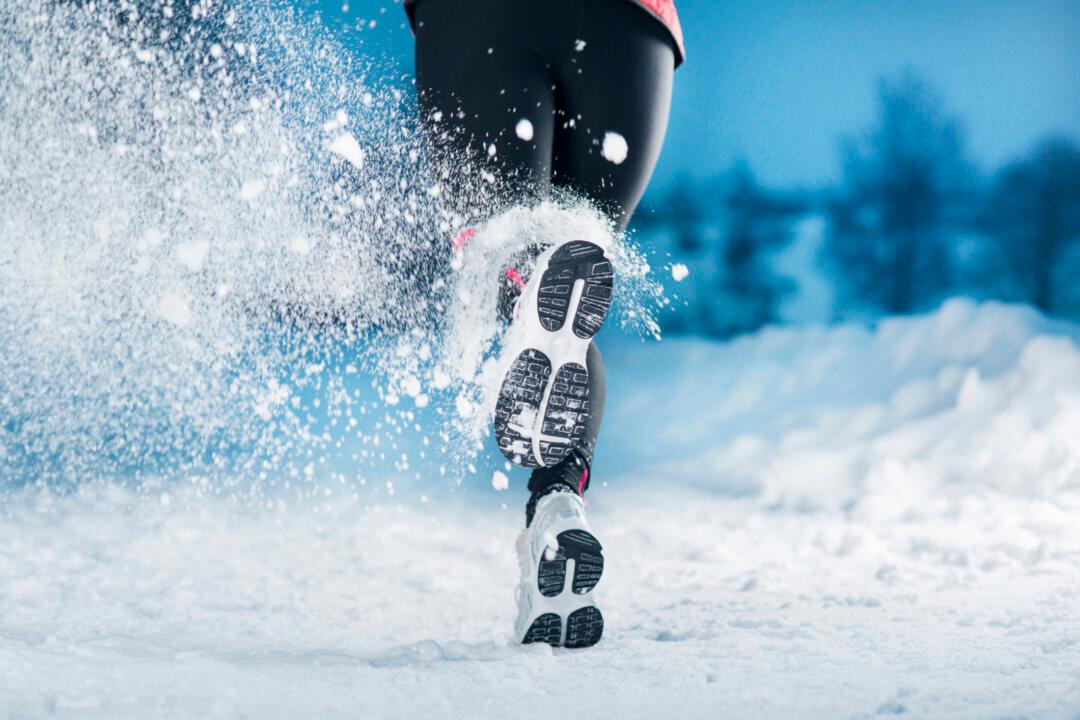Let’s face it, winter in Canada is a reality we can’t ignore. And for many of us, it means getting outside and into the cold for work, chores and exercise. But there are ways to improve your comfort and safety while being active outdoors in cold weather.
First off, “cold” is what physiologists (people who study human function and structure) call a “stressor,” which means your body recognizes cold as something it needs to accommodate to stay in homeostasis (when your body functions are steady).


